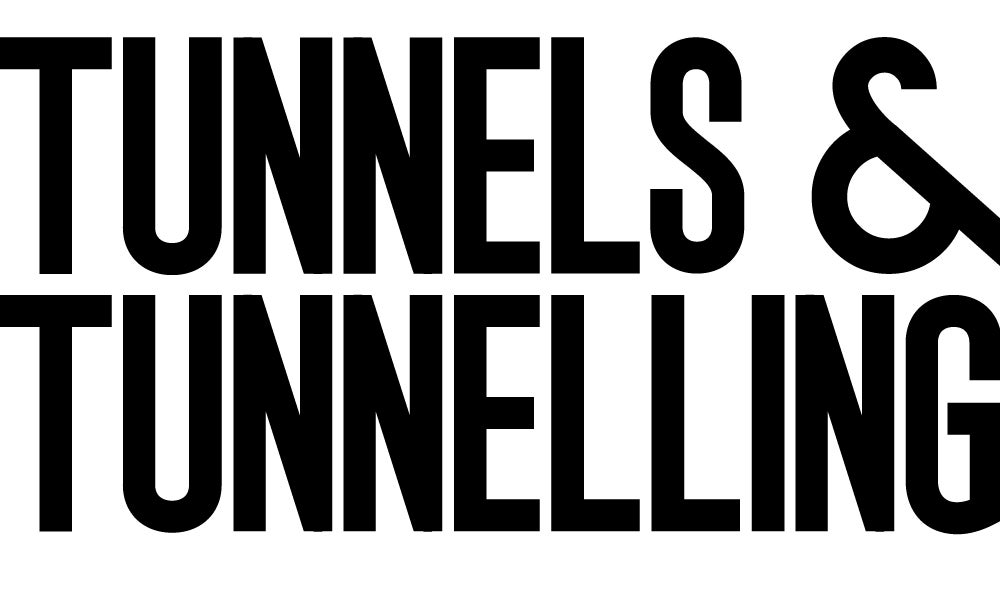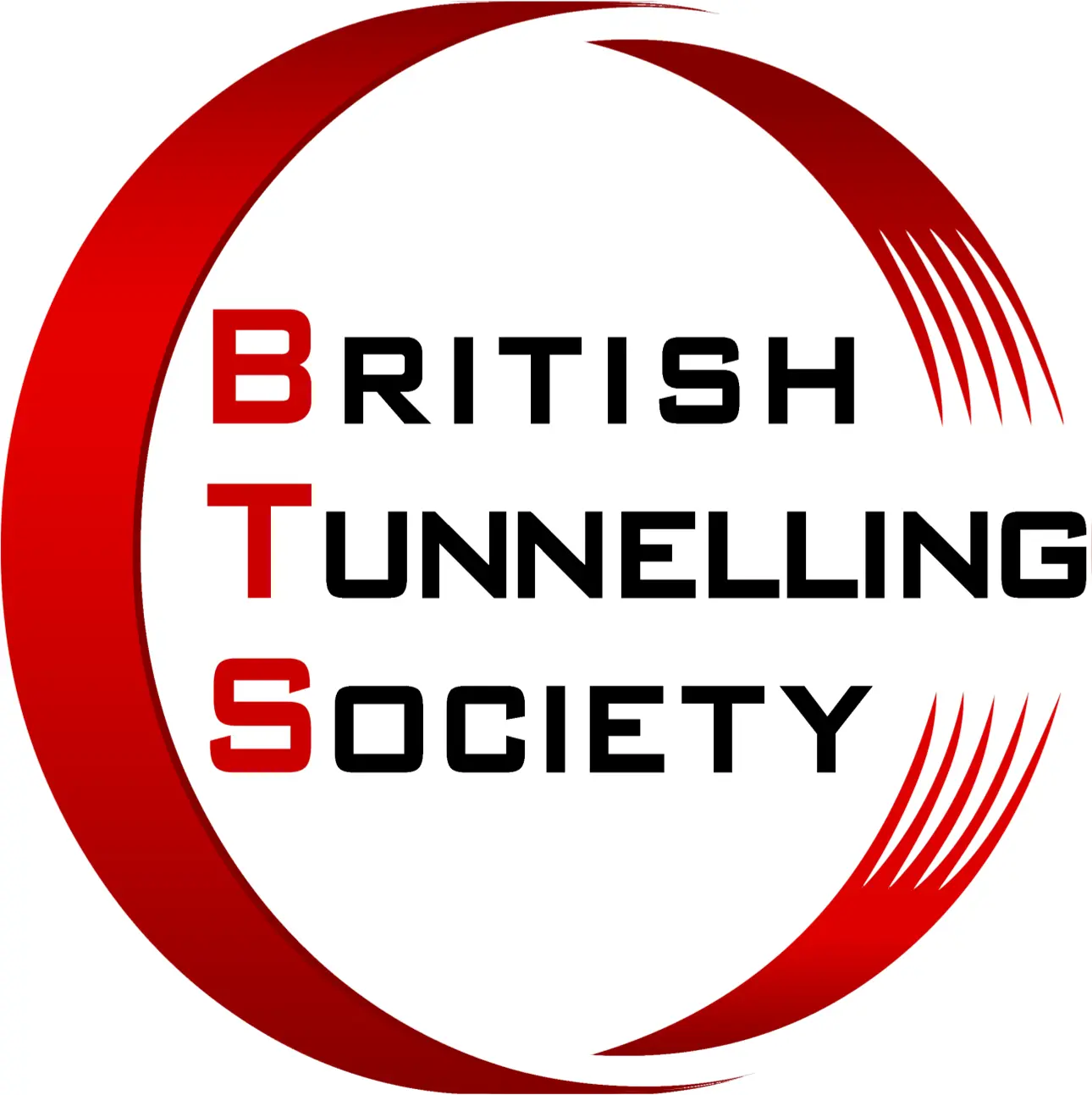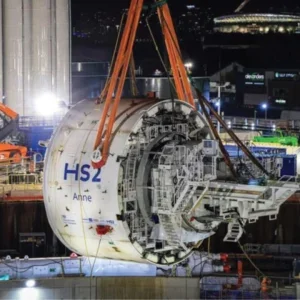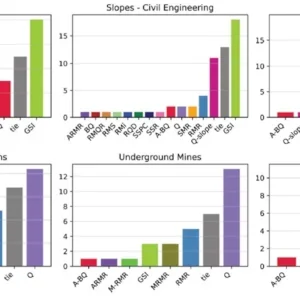This year’s underground construction technology International Conference & Exhibition (UCT) will be held in Fort Worth, Texas, January 29 – 31. The three-day underground utility and pipe infrastructure event focuses on new construction and pipe rehabilitation with educational sessions, seminars and an exhibit. Visit www.uctonline.com for more information.
Tuesday
Tom Kola, executive director and general manager of the North Texas Municipal Water District is giving the first keynote on Tuesday morning as part of Track 1. This is followed by speakers from the City of Fort Worth Water with Lockwood, Andrews & Newman, discussing “Designing, Constructing Interceptor/ Junction in Fort Worth’s Trinity Floodplain.”
The presentation concerns Phase I of Fort Worth’s Sycamore Creek Relief Interceptor, the proposed 66 inch FRP on the downstream end connects to an aging, existing junction box, under live flow, adjacent to the Trinity River. This location served as the downstream tunnel pit, in saturated soil, for tunnelling under I-30, with two gas lines a few feet away. On the south side of I-30, the 66 inch line would interconnect with an aging 60 inch interceptor. This case study covers obstacles faced during design and construction of the interceptor and junction box. Challenges included keeping the existing line in service, minimizing bypass, placing concrete in saturated soils, and groundwater infiltrating excavations making the connection.
Two more presentations that morning will cover larger diameter microtunnelling and traditional tunnelling diameters: a case history of the Upper Brays Tunnel Liner Removal Project and quantifying risk for the DC Water Clean Rivers Project.
Upper Brays is a 3-mile (4.8km) long, 9ft- (2.7m-) diameter, 65ft- (20m-) deep tunnel running along one of the busiest thoroughfares in Houston with high-profile businesses on either side. Boyer, the general contractor, removed 760,000 lbs. of the failed liner from the tunnel with only one access point inside the Upper Brays Plant on the downstream end of the tunnel, without causing any disruption to the businesses or traffic. The project was completed in 60 per cent of the allocated time and below budget, allowing the city to make additional upgrades to the system. The history of the liner, why it failed and how the current project was executed as a “true” trenchless project will be discussed.
Wednesday
Fiona Allen, regional manager for the Trinity River Authority of Texas will give the second keynote on the conservation and reclamation district, which provides water from reservoir facilities, water and wastewater treatment, along with recreation and reservoir facilities, within the nearly 18,000-square-mile Trinity River basin.
Rehabilitation is a prominent topic in the technical sessions. Wednesday morning there is a case history for Dallas’ Southside 120inch Wastewater Interceptor Rehabilitation project, which involved the condition assessment and evaluation of multiple rehabilitation alternatives for approximately 15,000 LF (4,570m) of 120in wastewater interceptor, with depths from 25ft to 50ft. The preliminary design report evaluated cured-in-place, sliplining, spiral wind high-density polyethylene and polyvinyl chloride, geopolymer and epoxy linings, and open cut replacement. The selected design included sliplining the 120in RCP wastewater main with 110in fiberglass pipe; a detailed bypass pumping and diversion plan; streambank stabilization at Prairie Creek, a levee crossing; and technical specifications for sliplining, grouting, groundwater control and access shafts.
2019 UCT program
TRACK I (A-E) = Sewer construction & rehabilitation
TRACK II = Waterworks conference
TRACK III = Laterals rehabilitation
TRACK IV = Pipe bursting: Pipe bursting fundamentals
TRACK V = NASTT Trenchless forum
TRACK VI (A-E) = HDD Challenges & Solutions
TRACK VII = Underground utilities construction
TRACK VIII = Asset management
TRACK IX = Pressure pipe
TRACK X = Manhole rehabilitation
TRACK XI = Engineering ethics






